
The EPA is proposing stricter NOx emission limits for stationary combustion turbines to reduce harmful pollution and protect public health.
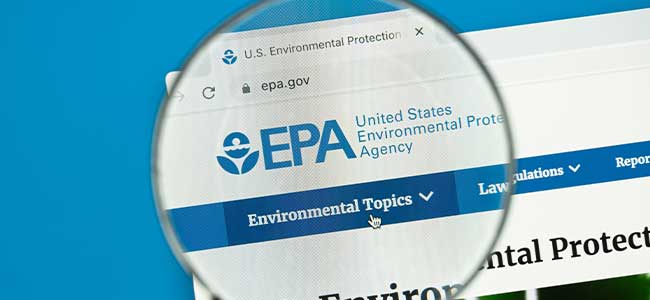
The EPA’s latest report highlights record-high fuel economy and record-low vehicle CO2 emissions in model year 2023 vehicles.
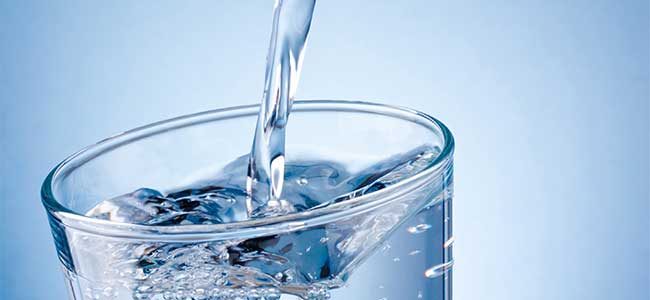
The Hopi Tribe and federal agencies have resolved drinking water issues, ensuring safe arsenic-compliant water for 6,400 residents through a $25 million infrastructure project.
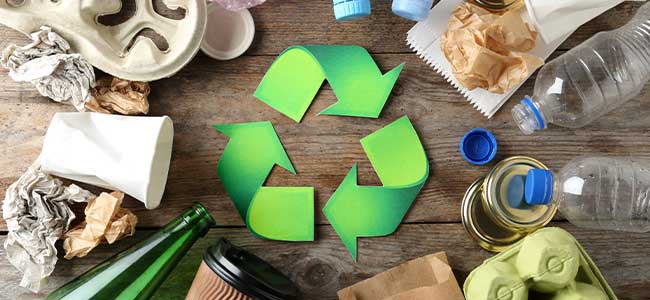
The EPA has made significant progress in recycling infrastructure and waste reduction, supported by the Bipartisan Infrastructure Law and community-focused grants.
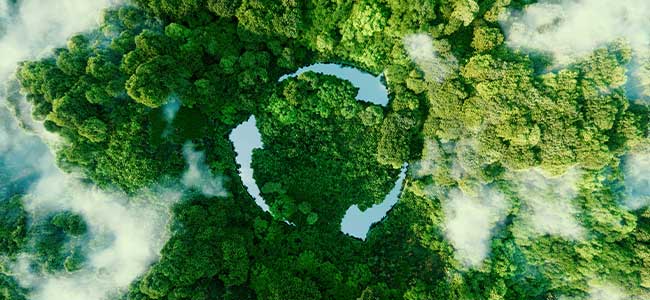
Practical reuse initiatives in the workplace can significantly reduce waste and generate cost savings.

The rule imposes fees on excessive methane emissions in the oil and gas sector, promoting reductions aligned with climate goals.

Nature-based solutions use ecosystem services to tackle environmental challenges, offering a sustainable path to resilience and biodiversity.

The funding aims to conserve private forestlands, strengthen rural economies, protect ecosystems and enhance public access.
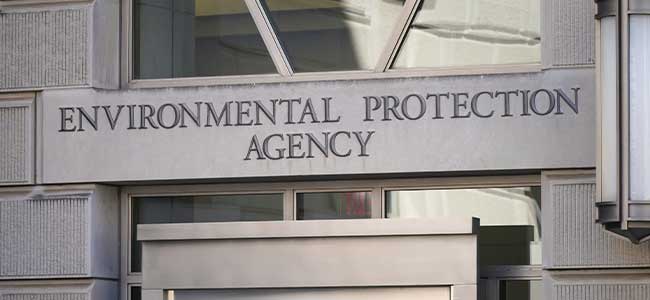
The funding aims to address critical challenges such as PFAS contamination and waste management.

The EPA has introduced stricter standards for lead paint dust in homes and childcare facilities to protect children's health, particularly in vulnerable communities.

Experts urge moving away from short-term “fixes” that only worsen the lake’s condition over time, instead advocating for a holistic, science-based strategy that tackles the underlying causes of lake health to revitalize the entire ecosystem.

Master the essential tips for safely storing hazardous materials to protect your space and avoid costly accidents.

The grants aim to help communities in the Mid-Atlantic region tackle environmental justice challenges.
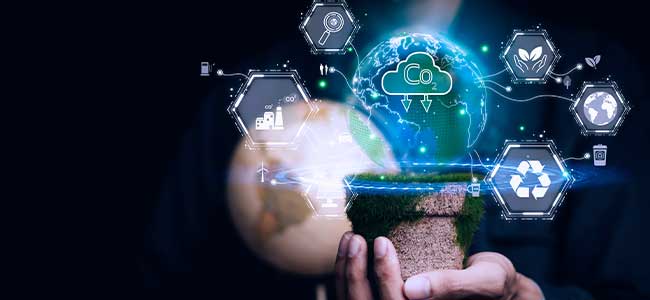
The EPA's latest data shows a continued decline in greenhouse gas emissions from large industrial sources, particularly power plants.

The USDA Forest Service is partnering with state agencies to plug orphaned oil and gas wells on federal lands, aiming to reduce methane emissions and environmental hazards.

Scaling up the production of biodegradable materials faces challenges but increased collaboration, research and consumer education offer potential solutions for overcoming these hurdles.

The EPA proposes adding over 100 PFAS chemicals to the Toxics Release Inventory to enhance public reporting and pollution prevention efforts.

EPA teams focus on water infrastructure, debris removal and hazardous materials management.
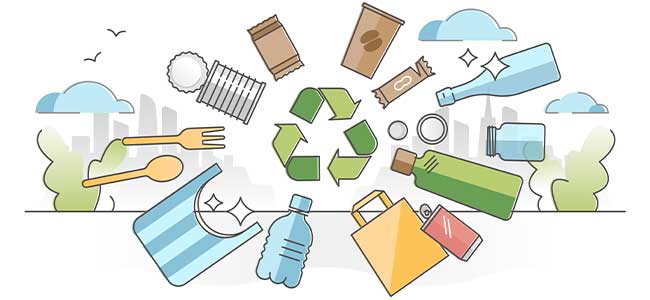
Consumers' growing demand for sustainability is pushing the plastic packaging industry to adopt eco-friendly alternatives to reduce environmental harm and waste.

AI enhances environmental monitoring and protection by analyzing vast image data to predict and respond to environmental challenges, though its energy demands pose ecological risks.